I doubt I’ll ever be able to get my arms entirely around this name-changing, shape-shifting succulent genus. Its riches of flower and leaf can make winnowing out selections for a small garden woefully dependent on serendipity — on what’s available locally, what was last seen in bloom, which aloe was last extolled in a book or article you read or botanical garden visited. Forget about approaching this genus systematically. With a genus so vast in size, habit, color, season of bloom, it’s kind of liberating to know that any choice you make will be based on whatever information you had available at the moment and will always be subject to constant reappraisal. Be warned, this is a very intoxicating group of plants from select geographic areas of the globe like South Africa and Madagascar.
Probably because of my enthusiasm for agaves, some of the first aloes I grew were selected based on their leaves, like the impossible-to-make-happy spiral aloe. But when the door on the aloe kingdom gets cracked open, even a casual grower soon becomes snared and then spoiled by choice; the spotted aloes, the stemless aloes, the shrubby aloes, the tree aloes, the hybrids grown for flowers, the hybrids grown for bizarro foliar effects, the solitary types, the clumpers.
Armed with a good reference book like Jeff Moore’s Aloes & Agaves In Cultivation, it’s possible to dial in preferences based on size, flower style and season of bloom, e.g., winter-blooming, non-clumping, small rosettes with multibranched flowers. The Institute For Aloe Studies is another good source of information, as is San Marcos Growers. For seeing aloes in person, in Los Angeles it’s the Huntington, the LA Arboretum, and not too far north near Santa Barbara, Aloes in Wonderland — tickets need to be purchased in advance for all three online.
Mid-winter in Southern California is as good a time as any to deepen an acquaintance with this seductive genus.





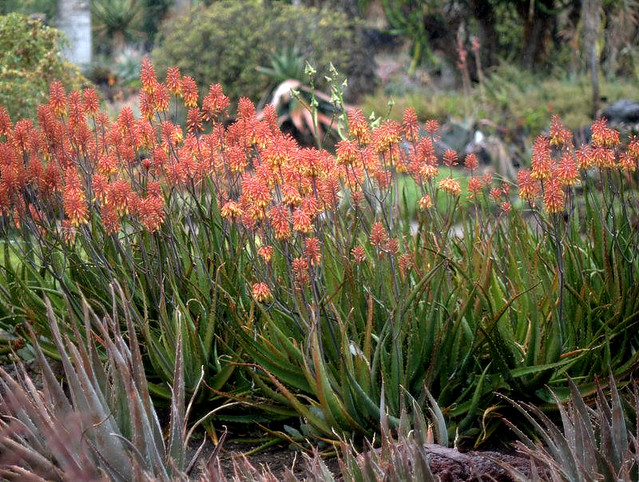





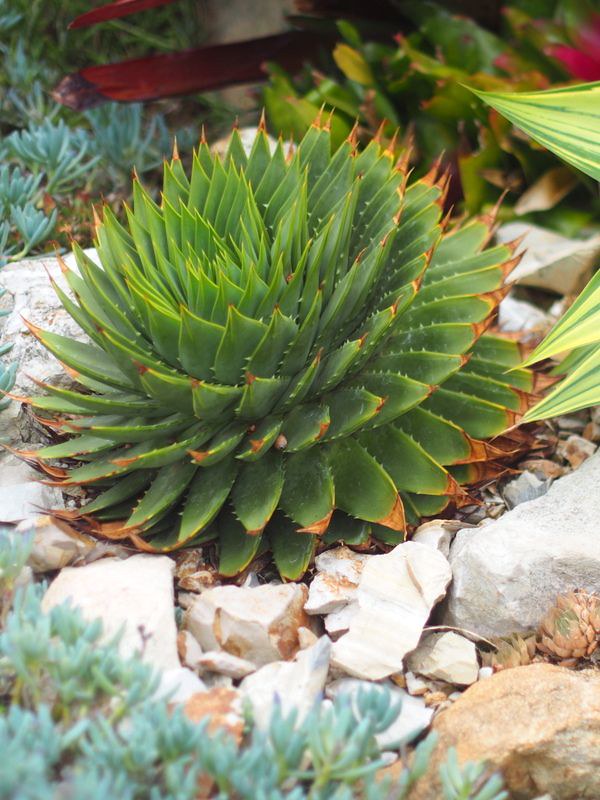

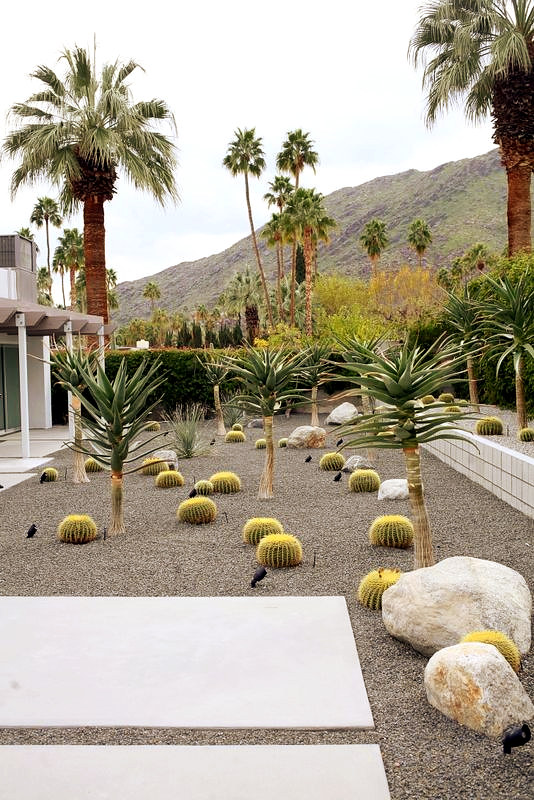
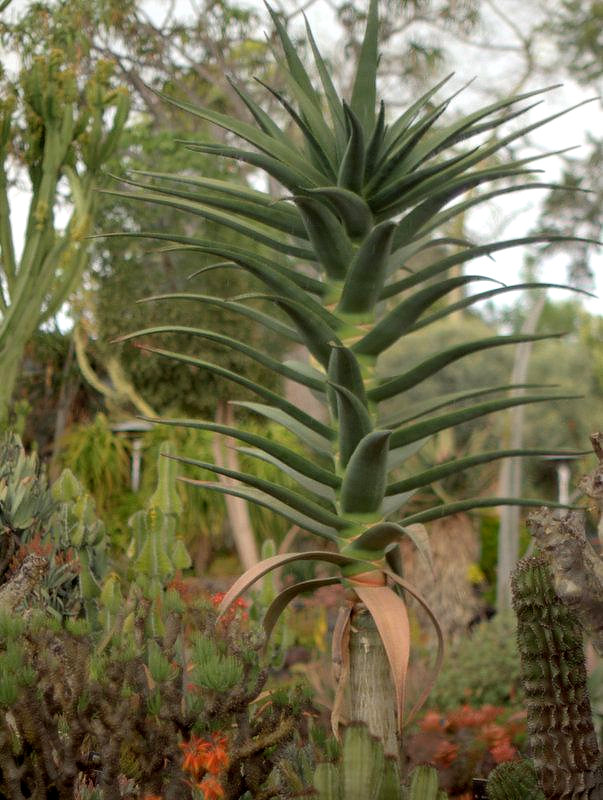
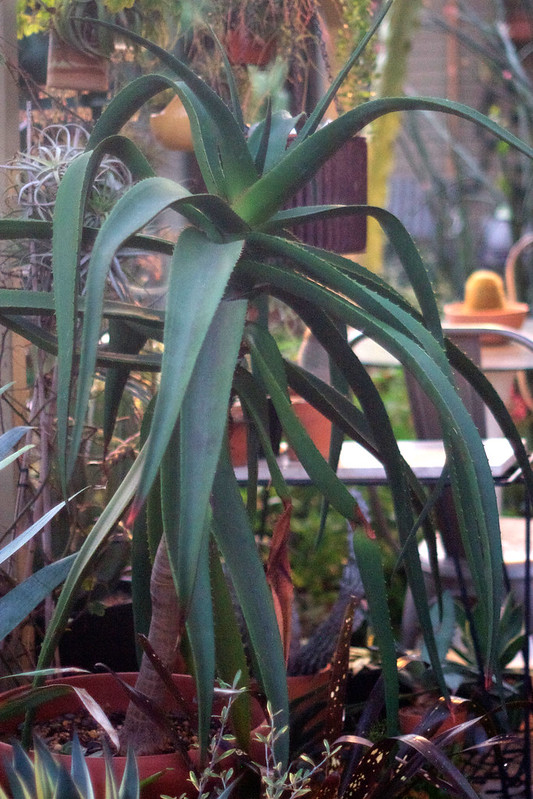
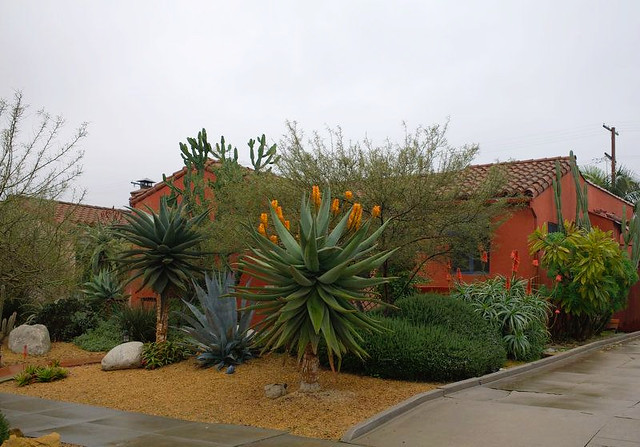
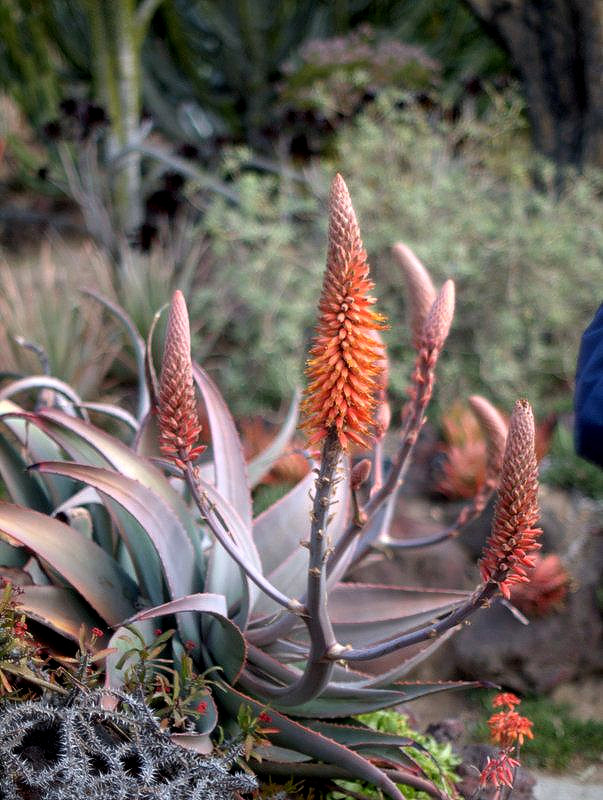


Gorgeous photos of one of my favorite genera. Cheers!
I love that shot of the Long Beach garden!
Hey you two — I’m this close to making an appt to visit Aloes in Wonderland. Parties of six, masked and socially distanced of course. Let me know…
Do it! (Aloes in Wonderland) I can just see you three wandering through that paradise.
Alas aloes aren’t something have too much experience with since they’re mostly a no-go up here where we get cold. The one large-ish plant I do have is an Aloe marlothii purchased at San Marcos years ago when it was just a tiny thing. It never has bloomed.
Aloes in bloom are addicting – like a bag of potato chips. So many of the branching Aloes look like hybrids of A. arborescens so it’s nice to see varieties that look distinctly different – e.g. Aloe scobinifolia.
If you ever find yourself with extra Aloe (or even agave) seeds I think it would be fun to trade. Maybe there is a few others willing to trade Aloe seeds as well (?)
@Loree, I’m going to check dates with Jeff and see what’s available…
@Hans, so true, and those that can grow them in the ground have hard design choices to make — or just give up design concerns entirely! I’ll keep the seeds in mind and let you know when available.